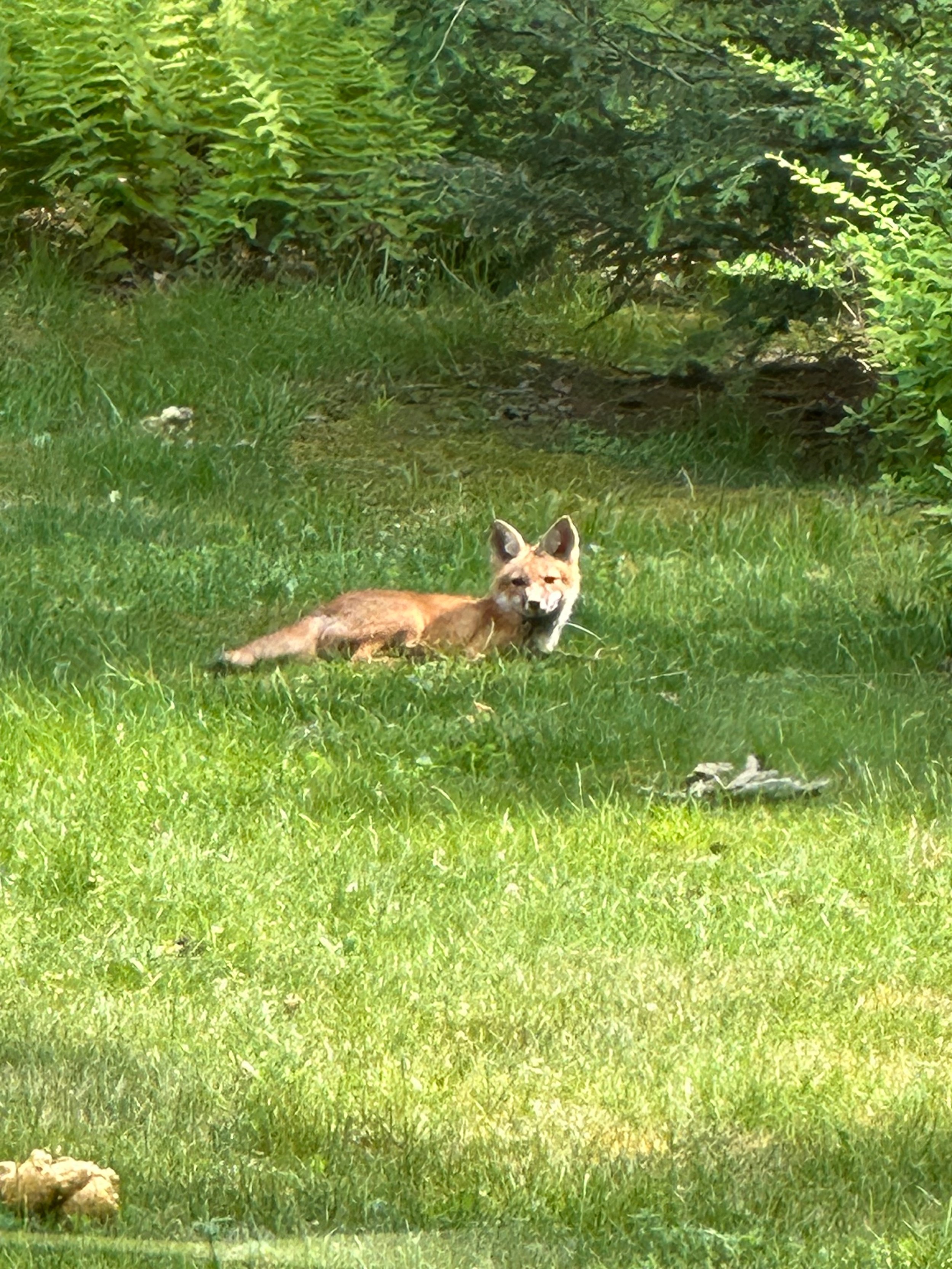
Environment
Water
THE PENNSYLVANIA SEA GRANT AQUATIC INVASIVE SPECIES FIELD GUIDE:
What it is and How to Order or Download the PA AIS App
The introduction and spread of aquatic invasive species (AIS) should be a top priority in Pennsylvania. The state has more than 84,000 miles of streams, 77 miles of Great Lakes shoreline, and many inland lakes, while sharing five major watersheds with other states and Canada. Identifying and preventing the introduction and spread of AIS are the keys to averting long-term ecosystem damage and ensuring the highest probability of effective control. This reference guide includes general information for AIS identification, collection, verification, and reporting.
How to Get the Guide & PA AIS Application
This almost 200 page PDF guide can be downloaded by request at https://seagrant.psu.edu/contact/
Get the PA AIS App for iPhone and Android wherever you get your Apps.
An hour-long June 2024 online webinar provides a crash course in downloading and using the application: https://www.youtube.com/watch?v=nd-xFgOOxos
The Twin Lakes community has never taken the quality of our lake water for granted. Climate change has exposed the fragility of our water and demanded we keep watch on the introduction of invasive species. The TLPOA is committed to protecting and monitoring our lakes to preserve the cleanliness and safety of our waterways.
For more information and reports about how the TLPOA is protecting and monitoring our lakes please visit the Twin Lakes Water Quality Committee Page.
A FIELD GUIDE TO COMMON AQUATIC PLANTS OF PENNSYLVANIA
Pennsylvania’s ponds and lakes support a diverse array of aquatic plant life. Although there are many more aquatic plant species in Pennsylvania than will be found in the link to this publication, A Field Guide to Common Aquatic Plants of Pennsylvania was designed to aid you in identifying and managing the most commonly occurring aquatic plants throughout the Commonwealth.
The biodiversity of the flora and fauna of the Delaware Highlands can be found in all its beauty at Twin Lakes. Protecting and sustaining our natural setting now and for future generations is an essential mission of the TLPOA.
Flora and Fauna
Useful Guides for Understanding Benign & Invasive Flora and Fauna in and around Twin Lakes
PENNSYLVANIA FIELD GUIDE: COMMON INVASIVE PLANTS IN RIPARIAN AREAS
The plants featured in this Field Guide have been selected as some of the most significant invasive plant species found in riparian and wetland areas in Pennsylvania. Please Note: This guide mentions the use of systemic herbicides including glyphosate and triclopyr on many occasions. The Forest, Tree and Plant Life Committee does not endorse the use of chemicals as a control method as many studies suggest these herbicides can have negative effects on aquatic life, insects and wildlife. Click here to open guide.
SPONGY MOTH (Formerly Known As Gypsy Moth) INFORMATION
Pike County Spongy Moth Public Meeting – September 3, 2024
Link to the recording - https://psu.mediaspace.kaltura.com/media/t/1_50bsvhfr
Spongy Moth Management Resources for spring 2025.
https://extension.psu.edu/catalogsearch/result/?q=spongy+moth
Preparing for Spongy Moth Densities Article - https://extension.psu.edu/preparing-for-high-spongy-moth-densities
Recorded Spongy Moth Management Webinar from February 2024 - https://extension.psu.edu/frontiers-in-forest-health-managing-spongy-moth
DCNR Spongy Moth Resources (includes list of aerial applicators and pesticide labels ) -https://www.dcnr.pa.gov/Conservation/ForestsAndTrees/InsectsAndDiseases/SpongyMoth/Pages/default.aspx
Wildlife
Photo by Bob Jonesns
Twin Lakes residents share the environment with a number of common and rare species of wildlife. Deers, bears, turtles, fish, and every variety of bird make their homes within the waterways and forests of Twin Lakes. Conservation of our shared spaces will ensure a rich biodiverse quality of life for human and animals alike.
Twin Lakes Wildlife Gallery

Photo by Bob Jones

" One of 4 or 5 Fox Kits under our cottage this summer" Photo by Freda Eberle

Photo by David Branham

Bear. Photo by Laurie Perper

Bear in the Nikles driveway. Photo by Laurie Perper

Catch & Photo by Thomas Meerwarth

Photo by Lorraine Gibbons

Picnic at Twin Lakes 2016 by Peg Birkmire

